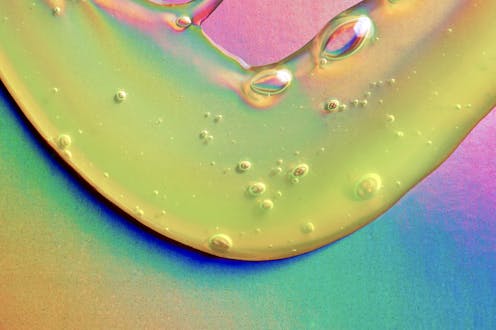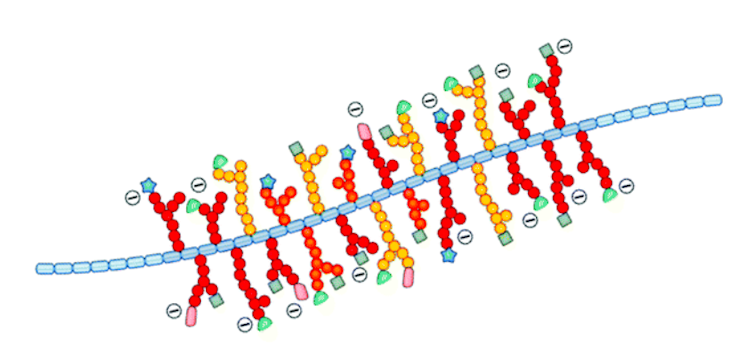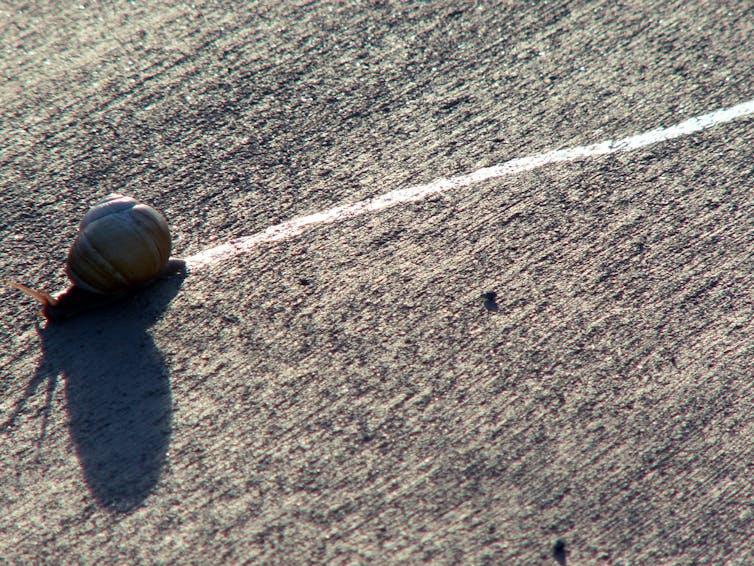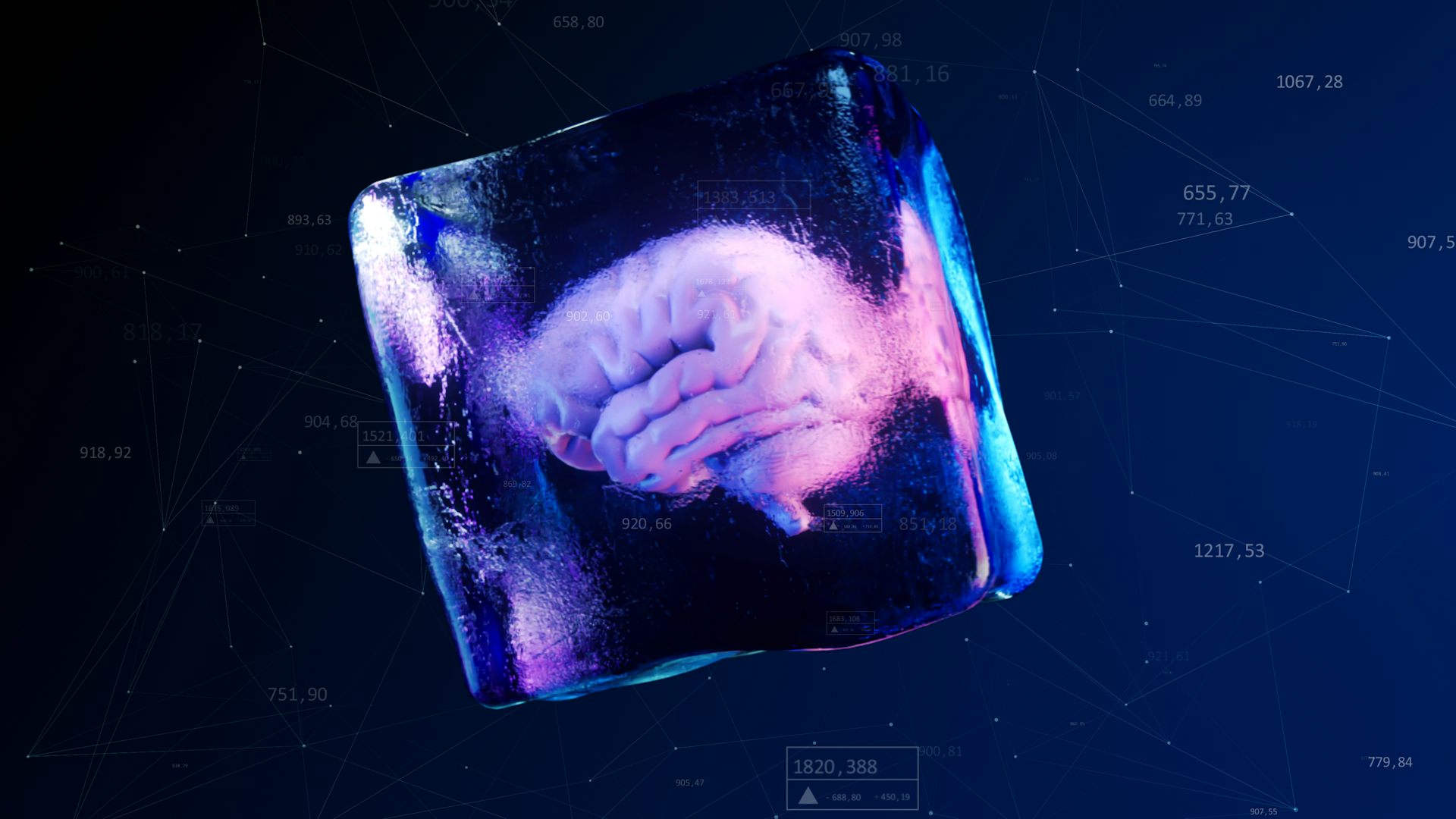Slime is all around and inside you – new research on its origins offers insight into genetic evoluti
A vast array of species, including people, use slime for a variety of essential bodily functions. Studying the genetic ancestry of slime surprisingly showcases the role of repetitive DNA in evolution.

Slime is everywhere. It shapes the consistency of your bodily fluids, from the saliva in your mouth to the goo that covers your organs. It protects you against pathogens, including coronavirus, while creating a home in your mouth for billions of friendly bacteria. It helps slugs have Spiderman sex hanging from walls, hagfish turn water into rapidly expanding goo, lampreys filter their food and swiftlets build nests.
But while slime is essential for all forms of complex life, its evolutionary origins have remained murky.
I am an evolutionary geneticist who studies how humans and their genomes evolve. Along with my colleagues, including my long-time collaborator Stefan Ruhl and my student Petar Pajic, we tackled this evolutionary puzzle in our recently published paper. We began by looking into how salivary slime is made in different species. What we found was that slime opens a window into the role that repetitive DNA plays in the mysteries of evolution.

What are mucins?
Slime is made up of proteins called mucins, which are vessels for sugar molecules. These sugars are the key taskmasters in making things slimy.
Unlike other proteins, which typically have intricate 3D shapes, mucins often take the shape of long, rigid rods. Sugar molecules are attached along the length of the rods, creating complex, brush-like structures.

This partnership between protein building blocks and the sugars bound to them, repeated over and over again, is essential to the properties of mucins. These structures can stick to other mucins and microbes, changing the physical properties of the fluids surrounding them into a sticky and slimy substance.
The evolution of slime
Despite the remarkable properties mucins have and their essential role in biology, how they evolved has eluded scientists.
To begin to figure out the evolutionary origins of mucins, my colleagues and I began by looking for common genetic ancestors for mucins across 49 mammal species. After all, evolution often tinkers but rarely invents. The easiest way for a new gene to evolve is by copying and pasting an existing one and making small changes to the new copy to fit the environmental circumstances. The chances of one species independently inventing a complex mucin from scratch are astronomically small. Our research team was sure that copying and pasting existing mucin genes that then adapt to a particular species’ needs was the main driver of mucin evolution.
But our initial assumptions proved incomplete. Copying and pasting mucin genes in a genome should lead to daughter genes that have similarities to each other. Even though some mucins did fit our criteria, a previous study reviewed all known genes coding for mucins in people and found a number of “orphan” mucins that do not belong to any gene family. They exist alone in the vast landscape of the human genome.

We then focused on searching for such orphan genes in the genomes of dozens of species in genetic databases. We found 15 instances of new mucin genes that evolved in different mammals, lacking any connection to known mucin genes.
Further investigation, however, revealed that these mucin genes do have relatives after all. They share ancestry with other rod-like proteins rich in the amino acid proline, which are commonly found in saliva. These proteins rich in proline, however, do not have the key repetitive protein structures that help mucins bind to sugar molecules.
We hypothesized that these proteins rich in proline could undergo “mucinization” by repeatedly adding proteins that bind to sugar molecules, called glycoproteins. To test this, we compared the sequences of genes coding for mucins and genes coding for proteins rich in proline in different mammals, including people. We found that the sequences were highly similar. The only difference was the presence of repeated segments of glycoproteins in mucins. What this meant is that certain proteins could be transformed into mucins just by adding on copies of these repeated segments.
Repetitive DNA and evolution
Our findings reveal the diversity of mucins in a whole manner of creatures, opening a view into evolution’s slimy playground of adaptation.
Researchers often ignore repetitive genetic sequences because they rarely occur within genes that code for the proteins that perform many biological functions in cells. But in the case of mucins, creating repeat sequences from scratch turns out to be a major engine for their evolution. Our earlier work in primates suggests that the number of repeated sugar-binding segments there are in a given mucin may be the factor that determines its differences from others.
It’s possible that the addition of repetitive genetic sequences may also discreetly shape other functions across the genome as well. Indeed, such tandem repeats are a common type of mutation in the human genome, and recent studies hint to their undiscovered role in biological variation between people.

Mucins and human health
Understanding how mucins work will also help researchers better understand a number of diseases.
When mucins do not work properly, it can lead to illness. People with a malfunctioning CFTR gene develop cystic fibrosis, where their bodies are unable to clear mucus from their lungs and make it difficult to breathe. Malfunctioning mucin regulation is also linked to cancer development.
Though it may not be obvious, you likely have a personal connection to mucins. Two years ago, I visited my mother after her cancer diagnosis. The rain had just ended, and the streets of Istanbul become a bustling village of unnervingly large snails. During a short walk with my mother, I picked up one of those snails with fascination, much to her horror.
I did not have the heart to tell her that the biological mechanism that allows these awesome creatures to move was the same one helping the tumor in her lungs grow. It reminded me of the scientist Michael Faraday’s words: “No matter what you look at, if you look at it closely enough, you are involved in the entire universe.”
Omer Gokcumen receives funding from National Science Foundation.
Read These Next
Why the Pittsburgh Post-Gazette’s closure exposes a growing threat to democracy
When reputable local news outlets close, fewer people vote and get involved in local politics, and misinformation,…
Live healthier in 2026 by breathing cleaner air at home
An atmospheric chemist offers quick, easy and inexpensive suggestions to reduce indoor air pollution.
Meth inflames and stimulates your brain through similar pathways – new research offers potential ave
Researchers identified a key molecule that highlights how the immune system is linked to the release…






